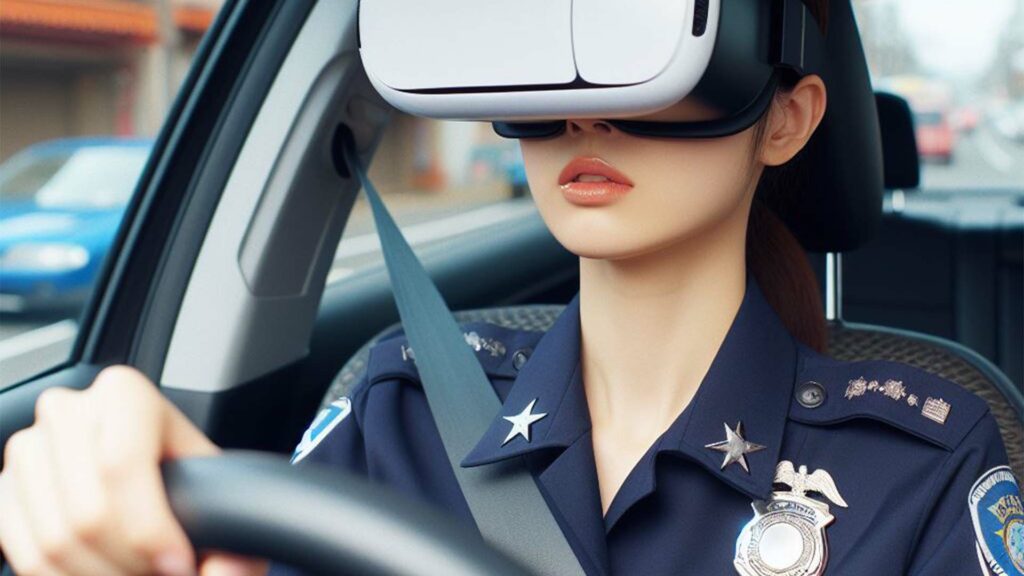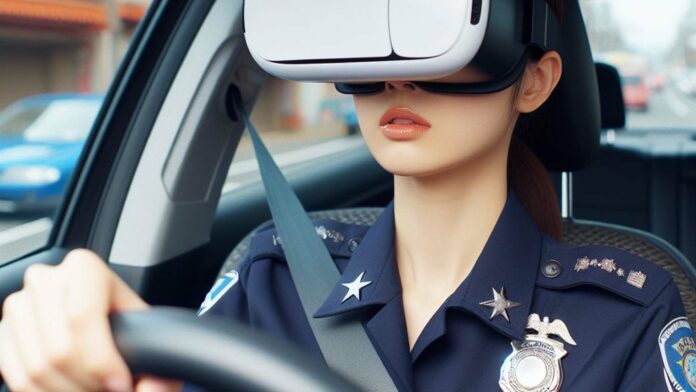Have you caught wind of those viral videos this week? People sporting Apple Vision Pro headsets while cruising in Tesla Cybertrucks. They’re banking on Tesla’s Autopilot and Full Self-Driving Capability, which, let’s face it, is pretty reckless. But guess what? The laws on this are murky.
At least three viral videos show folks in Teslas, wearing and using Apple Vision Pro headsets. Cue the heavy criticism from social media, government, and safety advocates.
US Transport Secretary Pete Buttigieg tweeted that all advanced driver assistance systems need the human driver fully engaged.
The National Highway Traffic Safety Administration calls driving with VR headsets reckless and endangers everyone on the road. They stress that drivers must remain attentive.
Apple’s guidelines echo the same sentiment: don’t use the Vision Pro while driving any moving vehicle.
Despite all this, the legality is unclear. Joseph Young from IIHS says it hinges on state laws. Level 2 automated systems still need human attention. But what exactly are those laws?
Let’s dive into the actual laws on this matter.
Across the US, laws vary regarding electronic device use while driving. While some states have strict bans on handheld cellphone use or texting, the rules about headsets are a bit fuzzier.
In certain areas like Connecticut, D.C., Washington, and Wisconsin, anything that distracts the driver is considered illegal. This likely includes using a Vision Pro while driving.
However, in other states, some loopholes haven’t caught up with modern tech. For instance, while some states ban watching videos, it’s unclear if this applies to mixed-reality headsets’ passthrough feature.
Similarly, laws in 35 states prohibit screens in the driver’s line of sight, but these typically address television watching rather than internet streaming, leaving room for exploitation.
To add to the confusion, the UK’s laws specifically prohibit holding and using phones or devices that send and receive data while driving. Although mixed-reality headsets aren’t mentioned, the law requires drivers to maintain proper control and a clear view of the road, likely covering the use of devices like the Vision Pro.

Time for driving laws to evolve.
The recent viral videos may not have resulted in arrests, but they highlight the dire need for clearer regulations on tech use while driving.
Confusion reigns with autonomous systems; some think it means hands-off driving. Tesla faced criticism for ambiguous claims about Autopilot and Full Self-Driving.
Even top European brands like BMW and Mercedes-Benz emphasize the driver’s continuous readiness to take control.
Experts like Joseph Young from the Insurance Institute for Highway Safety advocate for revamped vehicles and stricter laws.
As cars integrate more automation and entertainment features, distractions multiply, making legislation lag even further behind.
The Apple Vision Pro incident underscores the urgent need for updated laws to deter such risky behavior in the future.

